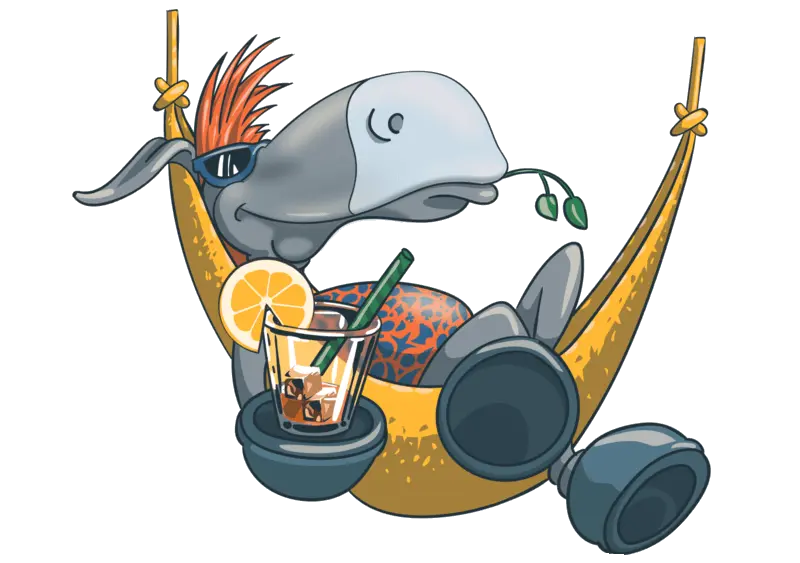Guide complet des attractions touristiques en Croatie. Découvrez, explorez et visitez des sites naturels et culturels, des événements et des points d'intérêt, et passez des vacances inoubliables en Croatie ! Top 10 des raisons de visiter la Croatie!
Pourquoi visiter la Croatie?
Notre recommandation
Où aller, séjourner et que faire?
